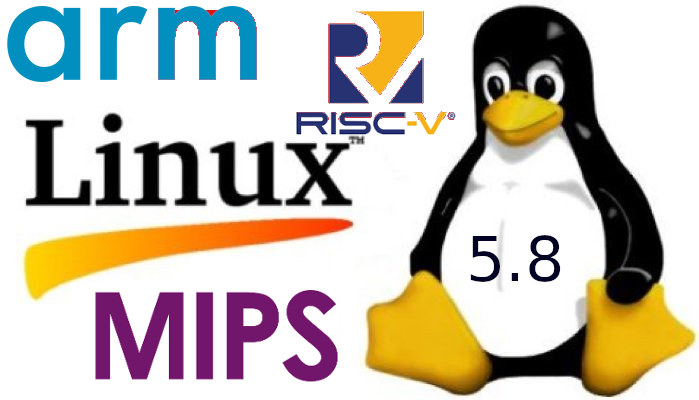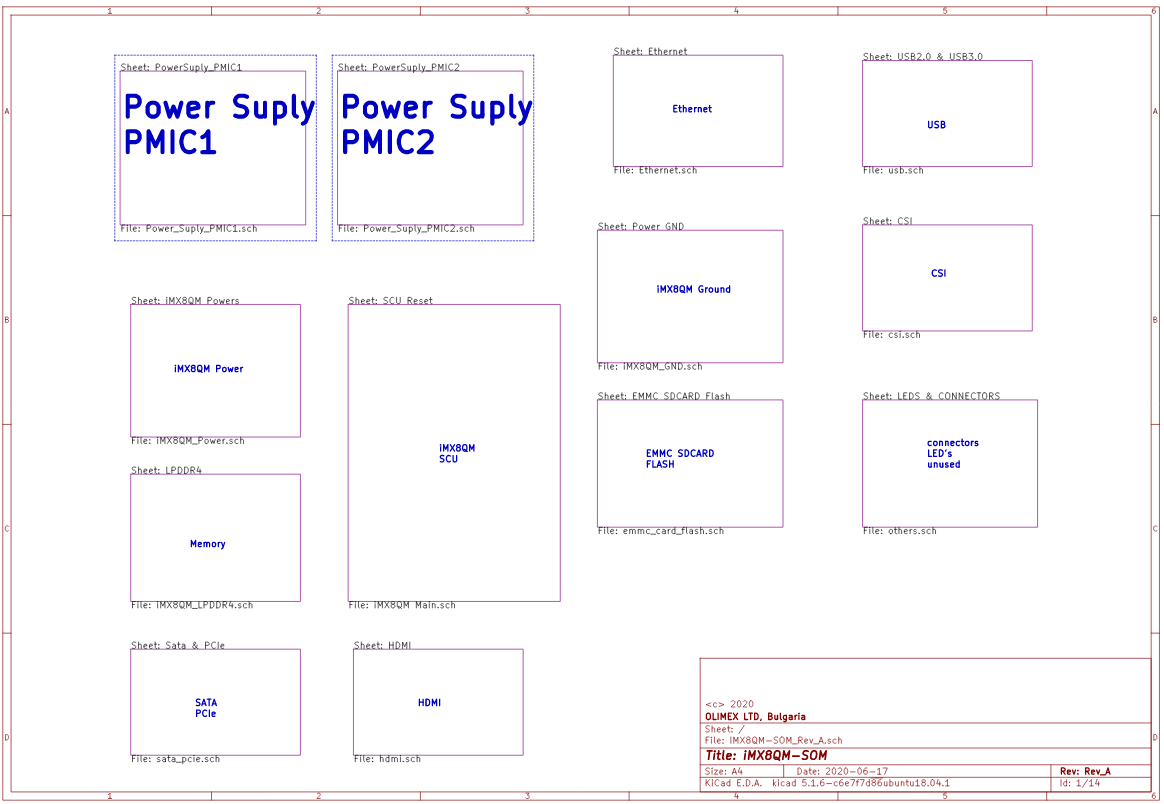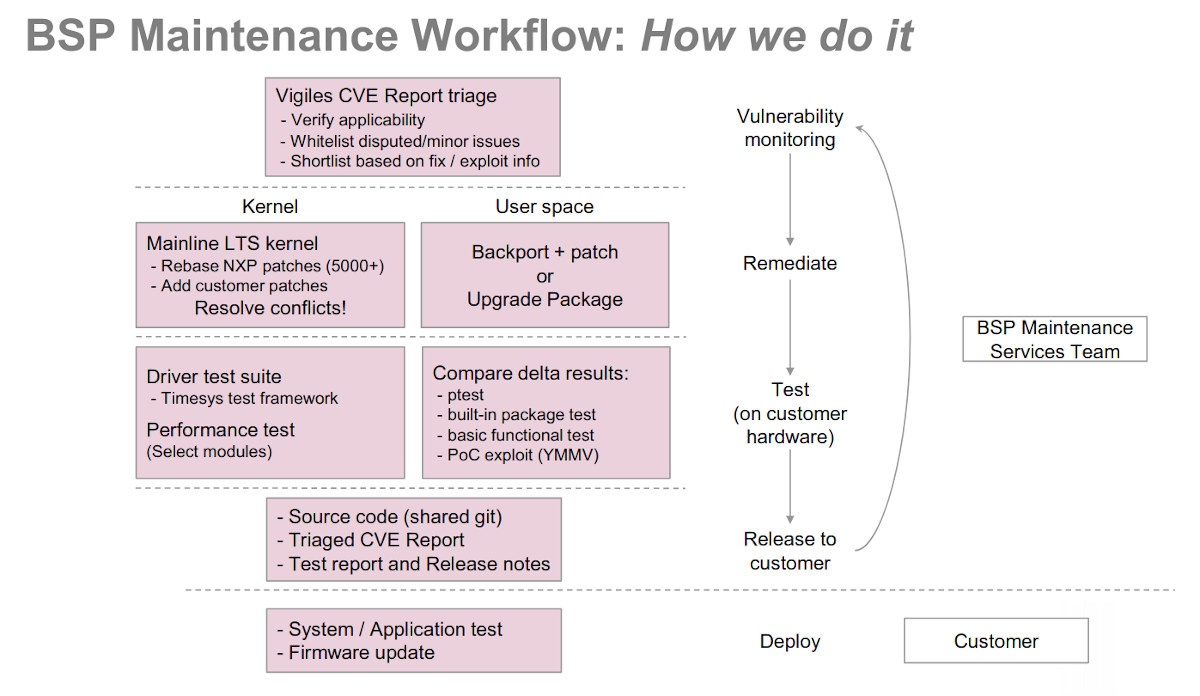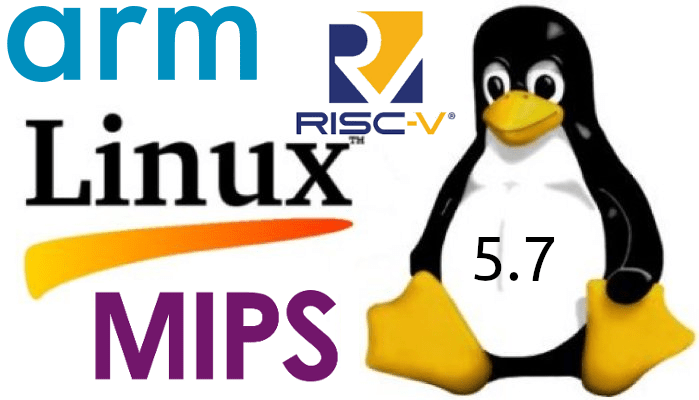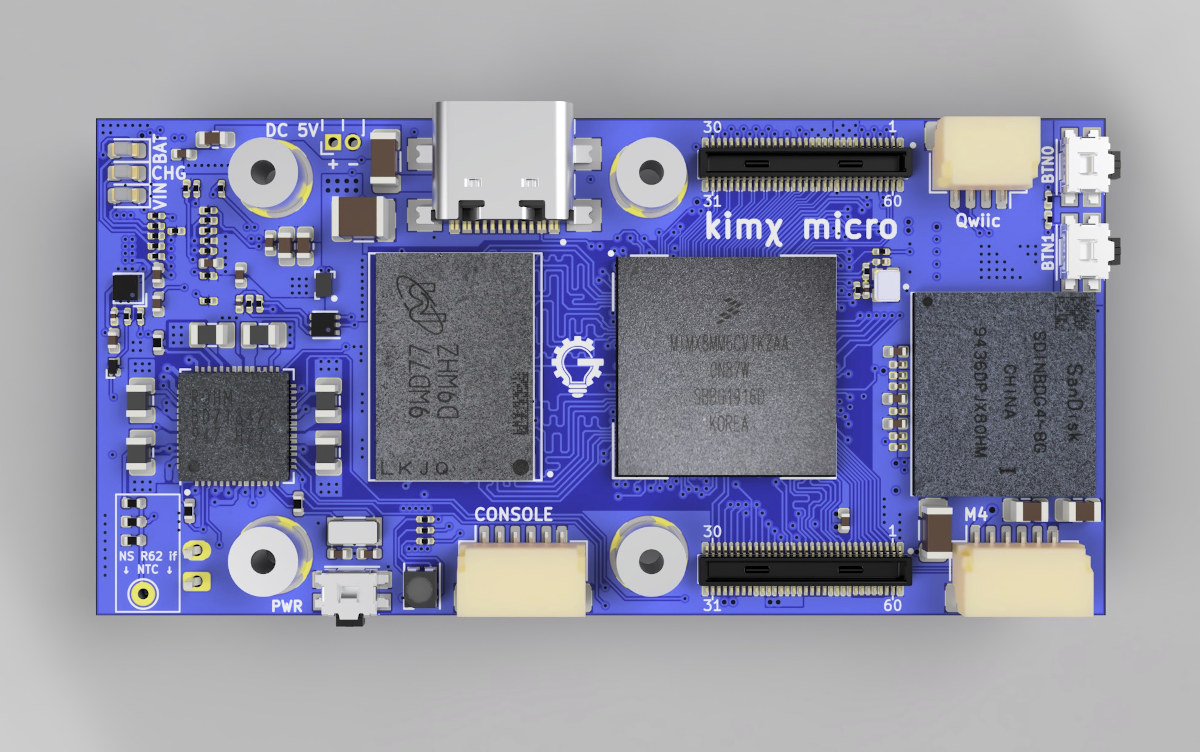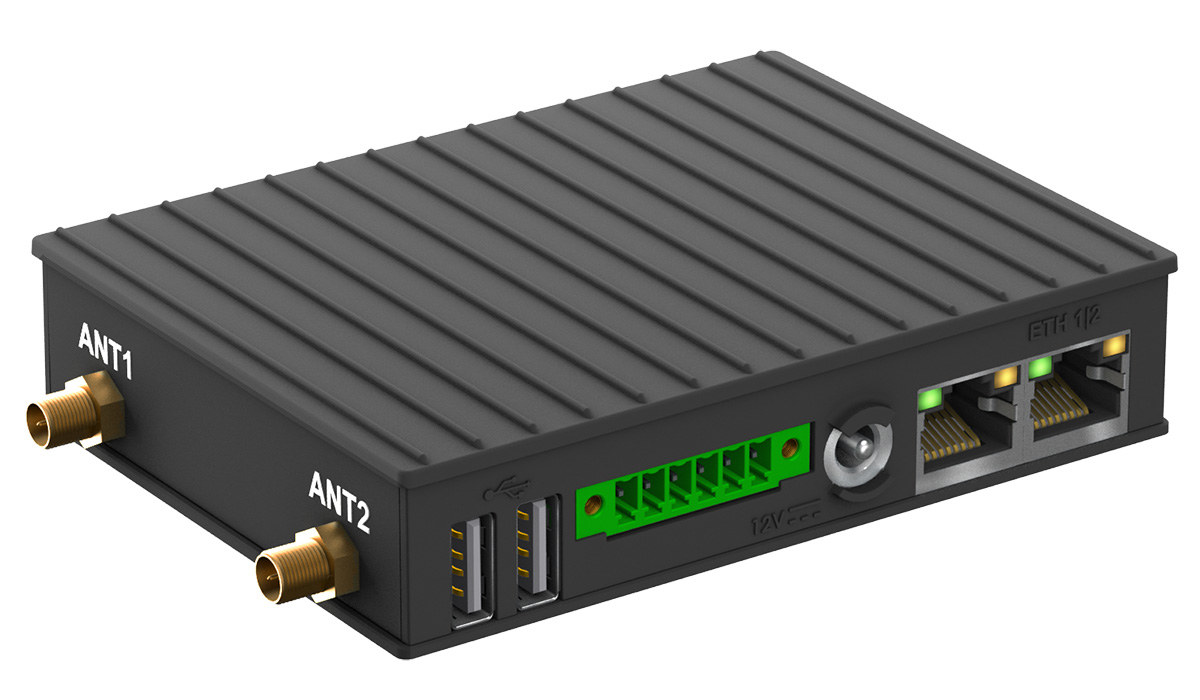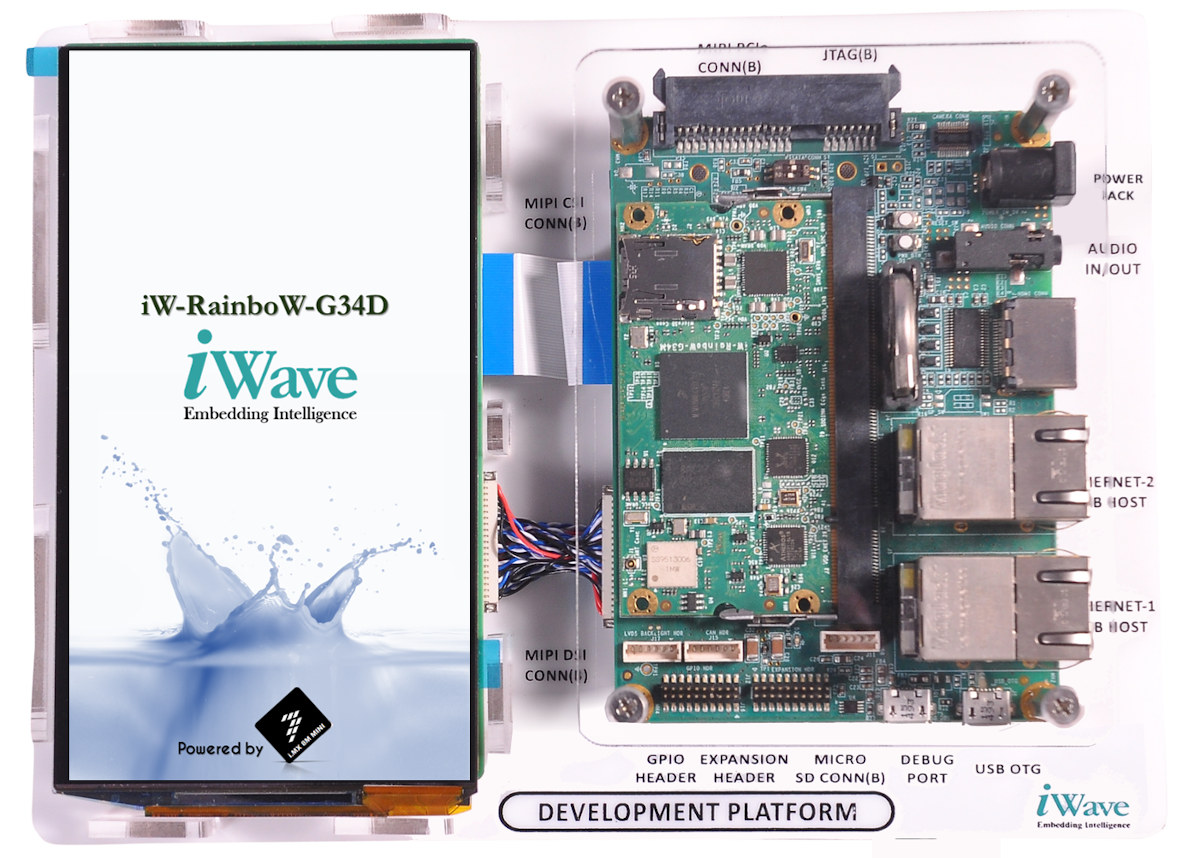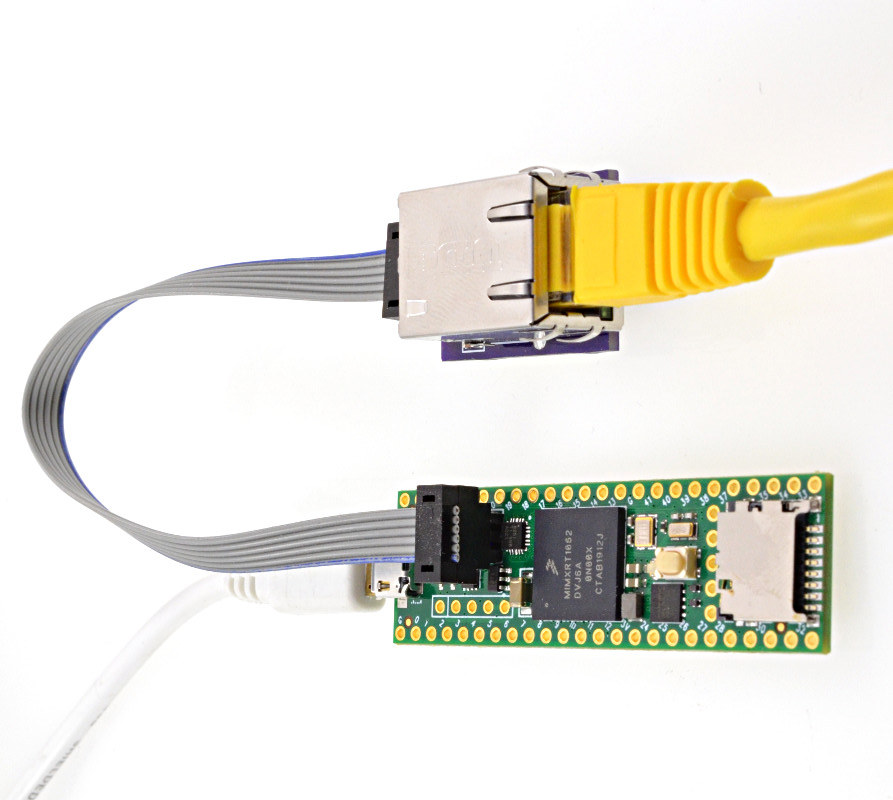Linus Torvalds has just released Linux 5.8: So I considered making an rc8 all the way to the last minute, but decided it’s not just worth waiting another week when there aren’t any big looming worries around. Because despite the merge window having been very large, there really hasn’t been anything scary going on in the release candidates. Yeah, we had some annoying noise with header file dependencies this week, but that’s not a new annoyance, and it’s also not the kind of subtle bug that keeps me up at night worrying about it. It did reinforce how nice it would be if we had some kind of tooling support to break nasty header file dependencies automatically, but if wishes were horses.. Maybe some day we’ll have some kind of SAT-solver for symbol dependencies that can handle all our different architectures and configurations, but right now it’s just a manual […]
Ignitial Tukhla High-End Open Source Hardware NXP i.MX 8QuadMax SBC in the Works
[Update: The European company that initiated the project is Ignitial based in the west of France. So while we refer to the board as Olimex Tukhla in the post, it will be offered as Ignitial Tukhla once it becomes available] Most open-source hardware Arm Linux SBCs are optimized for cost, and there are few higher-end boards with extensive connectivity designed for professionals. Beagleboard X15 would be one of the rare examples currently available on the market, but it was launched five years ago. One European company noticed the void in this market and asked Olimex to develop a high-end open-source Linux board with a well-documented processor. They ruled out RK3399, and instead went Olimex Tukhla SBC will be powered by NXP i.MX 8QuadMax, the top processor of i.MX 8 family with two Cortex-A72 cores, four Cortex-A53 cores, and two real-time Cortex-M4F cores. As you can see from the screenshot above, […]
Interview – NXP Linux BSP and Timesys Vigiles Maintenance Service & Security Updates
I’ve been interviewing Ed White, Manager of NXP’s Professional Support and Engineering Services, and Akshay Bhat, Director of Engineering, Security Solutions at Timesys by email to find out more about NXP Linux BSP development process, and how Timesys can help to keep it updated and secure with its Vigiles service. Q1. CNX Software readers recently discussed NXP Linux BSP update status. One person specifically noted Linux 4.14.98 used in the BSP was well over a year old, and there were various opinions about the topic, including one person suggesting NXP only provides a stable BSP and it was the ultimate responsibility of the customer to merge Linux security patchsets. Could you explain the typical development process for NXP Linux BSP, and why the company chose not to update the patchsets regularly? Answer: The kernel strategy for NXP’s i.MX family BSPs closely follows the annual cadence of kernel.org’s LTS kernel selection. […]
Linux 5.7 Released – Main Changes, Arm, MIPS and RISC-V Architectures
OK… I’m a bit late on that one. Linus Torvalds released Linux 5.7 last week: So we had a fairly calm last week, with nothing really screaming “let’s delay one more rc”. Knock wood – let’s hope we don’t have anything silly lurking this time, like the last-minute wifi regression we had in 5.6.. But embarrassing regressions last time notwithstanding, it all looks fine. And most of the discussion I’ve seen the last week or two has been about upcoming features, so the merge window is now open and I’ll start processing pull requests tomorrow as usual. But in the meantime, please give this a whirl. We’ve got a lot of changes in 5.7 as usual (all the stats look normal – but “normal” for us obviously pretty big and means “almost 14 thousand non-merge commits all over, from close to two thousand developers”), So the appended shortlog is only […]
Raspberry Pi Zero Sized Kimχ Micro SBC is Equipped with a Quad-Core Processor, an mPCIe Slot
The Raspberry Pi Zero (W/WH) board is great because of its size, price tag, and software support, but processing power is limited with Broadcom BCM2735 SoC only offering a single ARM11 core clocked at 1 GHz. There are already some more powerful boards in a similar form factor include Banana Pi M2 Zero or FriendlyELEC NanoPi Duo2 both equipped with an Allwinner quad-core Cortex-A7 processor, but there’s another upcoming board with NXP i.MX 8M Mini quad-core 64-bit Cortex-A53 processor. Meet Kimχ Micro (pronounced Kimchi Micro). Kimχ Micro (preliminary) specifications: SoC – NXP i.MX 8M Mini single to quad-core Cortex-A53 processor @ up to 1.8 GHz, Cortex-M4F real-time core @ up to 400 MHz, Vivante GC NanoUltra 3D GPU + GC320 2D GPU, VPU for 1080p60 video decoding and encoding; (Single and dual-core version of NXP i.MX 8M Mini processor are also compatible) System Memory – 2GB LPDDR4 Storage – 8GB […]
Linux Powered Industrial IoT Gateway Offers WiFi 6, Bluetooth 5.1, 4G LTE Connectivity
Compulab IOT-GATE-IMX8 is a Debian Linux powered fanless Industrial IoT gateway powered by NXP i.MX 8M Mini processor and specially designed for industrial control and monitoring with optional support for WiFI 6 (802.11ax), Bluetooth 5.1, 4G LTE, and GNSS connectivity. The gateway is equipped with up to 4GB RAM and 128GB eMMC flash, takes variable DC input from 8V to 36V, and operates in a wide temperature range of -40C to 80°C with the company providing a 5-year warranty and 15-year availability. Compulab IOT-GATE-IMX8 specifications: SoC – NXP i.MX8M Mini quad-core Arm Cortex-A53 processor @ 1.8GHz with Arm Cortex-M4 real-time core, Vivante 3G and 2D GPU System Memory – 1GB – 4GB LPDDR4 Storage – 4GB – 64GB eMMC flash (soldered on-board), plus secondary storage with optional 16GB – 64GB eMMC flash module Networking & Wireless Connectivity Gigabit Ethernet port, RJ45 connector Fast Ethernet port, RJ45 connector Optional 802.11ax WiFi […]
iWave Systems i.MX8M Mini Devkit Targets Low-cost Facial Recognition Systems
iWave Systems i.MX8M Mini Board is a development platform based on an update versions of the company’s iW-RainboW-G34M-SM i.MX 8M Mini system-on-module and designed specifically for low-cost facial recognition systems thanks to NXP eIQ ML software, and MIPI display and camera. iWave Systems i.MX8M Mini (aka iW-RainboW-G34D) specifications: SoM SoC – NXP i.MX8M Mini Q/QL/D/DL/S/SL with up to 4x Cortex-A53 cores, 1x Cortex-M4F real-time core, Vivante 3D and 2D GPUs System Memory – 1GB LPDDR4 (Expandable up to 4GB) Storage – 8GB eMMC Flash (Expandable), optional 2MB QSPI Flash optional Micro SD slot Wireless – Dual-band 802.11a/b/g/n/ac WiFi 5 and Bluetooth 5.0. PMIC – BD71847AMWV i.MX8M SODIMM Carrier Board Storage – MicroSD slot Display I/F – MIPI DSI display connector Camera I/F – MIPI CSI camera connector Audio – Audio codec, 3.5mm Line In/Out jack Networking – Up to 2x Gigabit Ethernet ports (One is Optional) USB – 2x USB […]
Teensy 4.1 Board Gets Longer for Ethernet, MicroSD Slot, and More GPIOs
What comes after Teensy 4.0? Teensy 4.1. The new version of the Arduino compatible board is powered by the same NXP i.MX RT1062 Cortex-M7 crossover processor clocked at 600 MHz, but about doubling in length in order to add a 10/100 Mbit Ethernet PHY, a MicroSD card slot, and offer more I/Os. Teensy 4.1 also increases flash memory to 8 MB (vs 2 MB for Teensy 4.0), and the USB hot-plugging power management circuitry needed to plug a USB device via a USB host cable. Teensy 4.1 specifications: SoC – NXP i.MX RT1062 Arm Cortex-M7 processor at 600 MHz with 1024KB RAM (512KB is tightly coupled), Storage – 8 MB serial flash (64KB reserved for recovery & EEPROM emulation), MicroSD Socket, footprints for 2x extra QSPI chips such as flash or 8MB PSRAM chip USB – 1x micro USB port for power and programming Networking – 6-pin Ethernet header via […]


